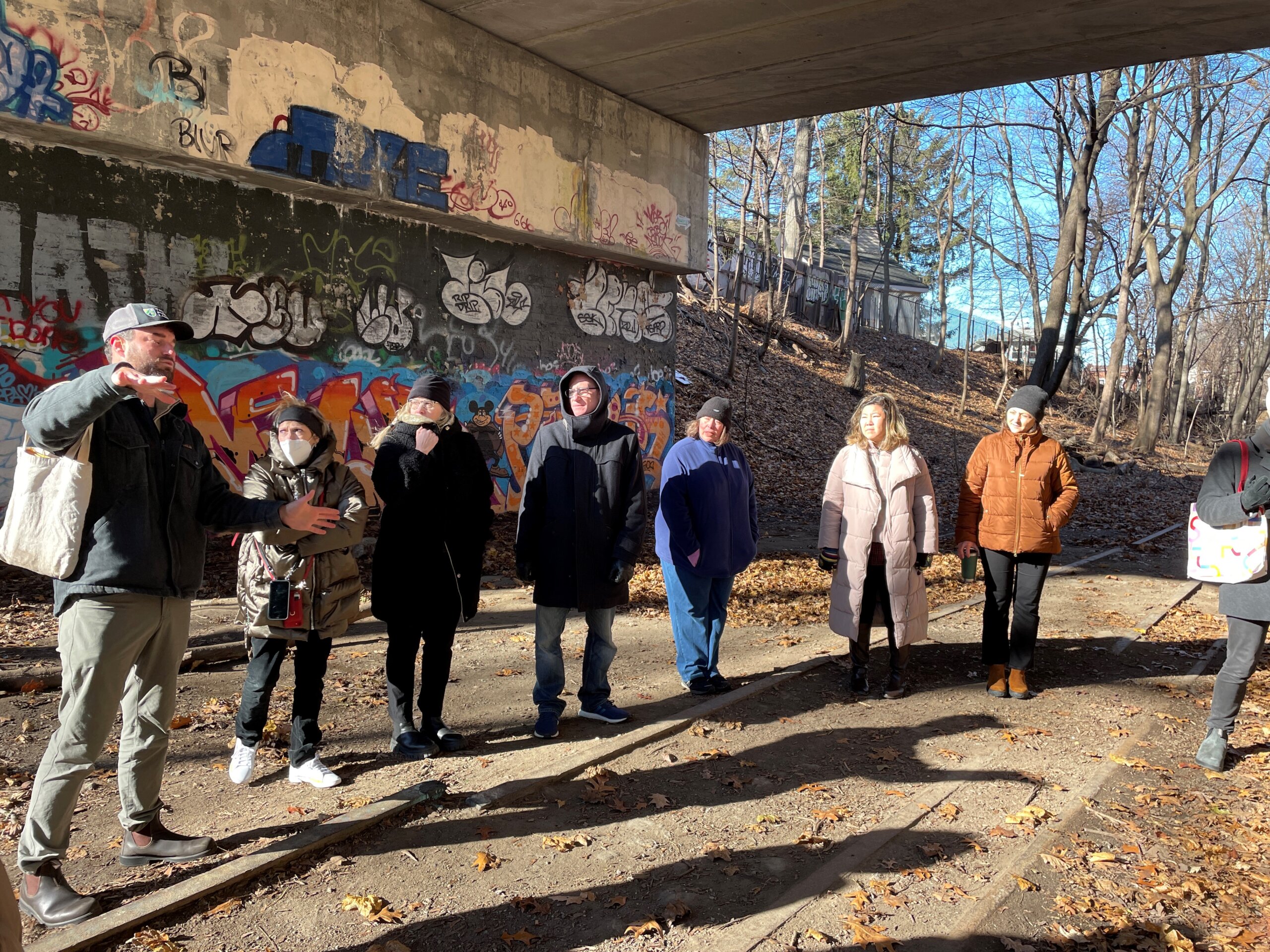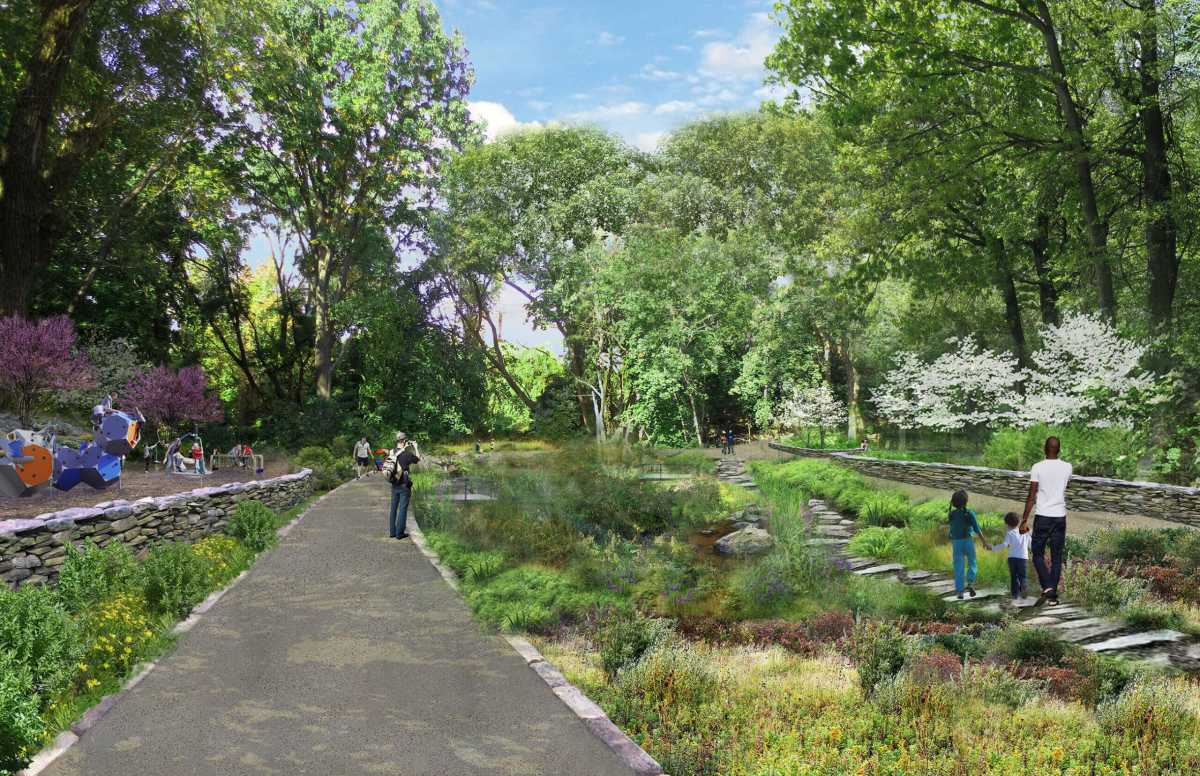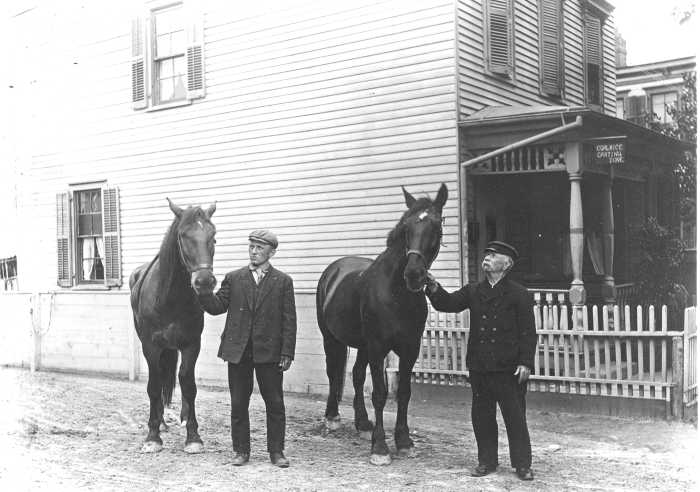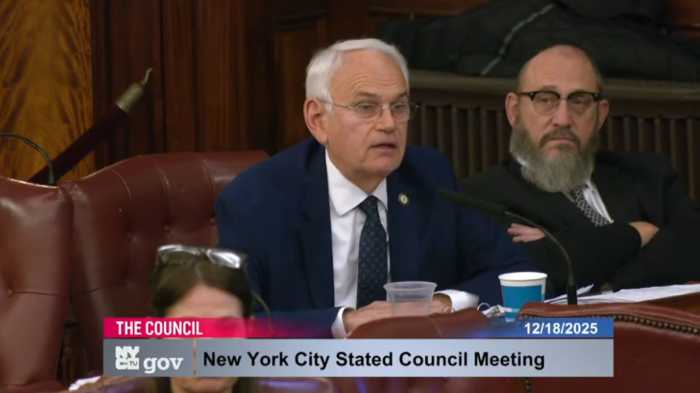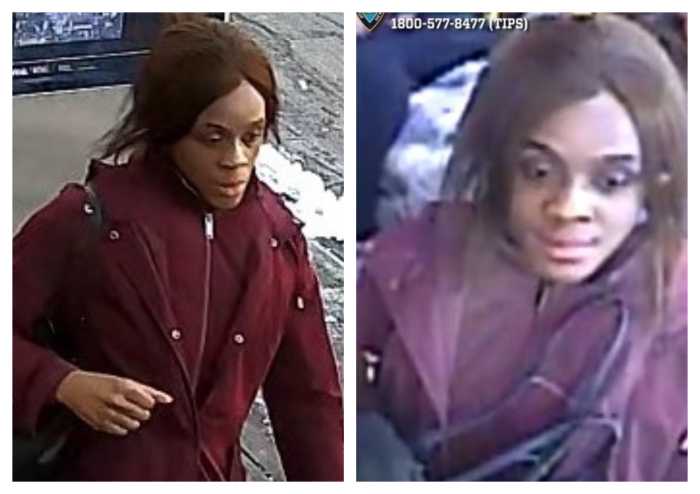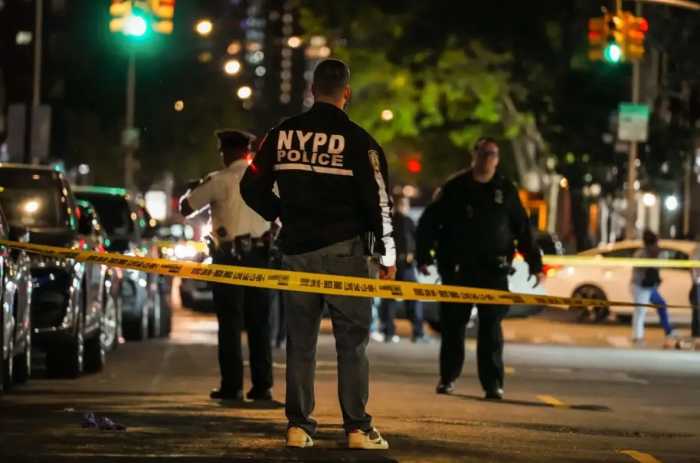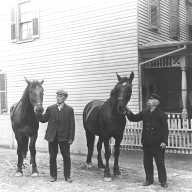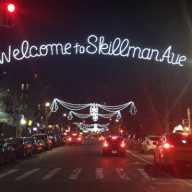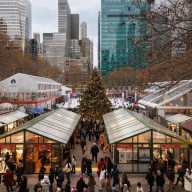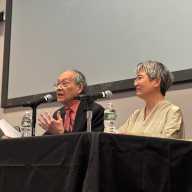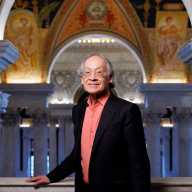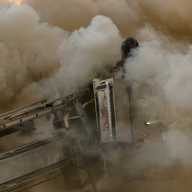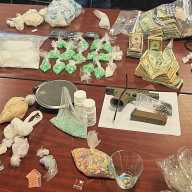Senate Majority Leader Charles Schumer and members of the Queens Congressional delegation announced a $117 million federal grant for the QueensWay project’s Forest Park Pass section, which includes 9 acres stretching from Union Turnpike through Forest Park to Park Lane South.
The full QueensWay project will be a 3.5-mile, 47-acre linear park that transforms a stretch of abandoned railway into green space, as well as a transportation corridor featuring pedestrian and bike-friendly paths that connect six neighborhoods from Forest Hills to Ozone Park. The project will provide safe alternative routes to twelve schools, seven subway lines, and one commuter line (LIRR), along with local businesses.
“For many of the 2.3 million people who live in Queens, access to public parks and open space is limited, and in many cases, difficult and dangerous to access by bike or on foot,” Schmer said Tuesday. “That’s why I’m proud to deliver the massive infusion of federal funds, via the Inflation Reduction Act I led to passage, that will advance the Forest Park portion of the ‘QueensWay’– an exciting new urban trail along an abandoned track bed that will connect a range of neighborhoods, create a linear park and provide new cleaner, healthier transportation options, like biking, jogging and walking paths.”
He added that QueensWay will provide much-needed green space and a new transportation corridor within walking distance of hundreds of thousands of residents and countless small businesses in Central Queens from Forest Hills to Ozone Park.
“Investing in the heart of our communities is essential for growth and the success of Queens,” Congressman Gregory Meeks said. “With the assistance of this federal grant, we’re connecting neighborhoods and providing historically disadvantaged neighborhoods with healthy open spaces and low-emitting transportation options. This initiative will strengthen our local economy and allow our communities to enjoy the many benefits stemming from this project.”
The project will provide safe alternative routes to twelve schools, seven subway lines, one commuter line (LIRR), along with many local businesses.
“Every New Yorker deserves equitable access to high-quality park space and transportation options. This $117 million in federal funding for QueensWay will help bring much-needed greenspace to these Queens communities, reconnect neighborhoods, and transform an abandoned railway into a state-of-the-art urban trail,” Congresswoman Nydia Velázquez said. “This investment was made possible by The Inflation Reduction Act, which I was proud to help pass in Congress, and I’m confident this project will have a positive impact on the health and wellness of many New Yorkers.”
Last year, Congresswoman Grace Meng wrote a letter to the Secretary of the U.S. Department of Transportation advocating to include funding for the Forest Park Pass section of the QueensWay project in the Reconnecting Communities and Neighborhoods Program.
“QueensWay will provide more needed greenspace in our borough and ensure many benefits to the public including upgraded infrastructure, additional transportation options, and connecting neighborhoods,” Meng said. “In communities like Queens, greenspace is limited and transportation projects have historically disconnected diverse neighborhoods and discouraged walkability, and QueensWay stands to help change this. As New York’s Representative on the Regional Leadership Council, I look forward to continuing to help move this project forward.”
On the other hand, QueensLink executive director Rick Horan was disappointed with the announcement noting that the $117 million grant can only fulfill its promise to connect communities and improve transportation if it’s a down payment on the combined QueensLink Rails and Trails project.
“If however, it is being used to develop just a park on Queens only north-south rail corridor, then it is a waste of money and will accomplish just the opposite,” Horan said. “The QueensLink rails and trails proposal connects communities along the right of way with 33 acres of new parkland, but more importantly, is a subway link that reconnects the racially diverse and economically challenged communities around Far Rockaway who have long suffered the City’s longest commute.”
The Rockaway Beach Branch once provided Long Island Rail Road service between Rego Park and the Rockaway Peninsula in Queens. The southern half is still used by the A train between Ozone Park and Rockaway, but the northern section has been abandoned since 1962, with the rail infrastructure deteriorating and the right-of-way becoming overgrown with vegetation.
The QueensLink plan calls for its reactivation as a subway line, specifically extending the M train down from Rego Park all the way to Rockaway, providing an additional transit option for peninsula commuters and enabling a wealth of new transfers. An estimated 47,000 New Yorkers would use the line daily.
“We are hopeful that Queens residents and elected officials will not be penny wise and pound foolish but do the due diligence required to understand how this subway connection can help to support the billions that are being poured into JFK Airport and Resorts World while also improving commuters’ lives,” Horan said. “A park alone will not help south Queens residents avoid the MTA’s Congestion Pricing plan.”
